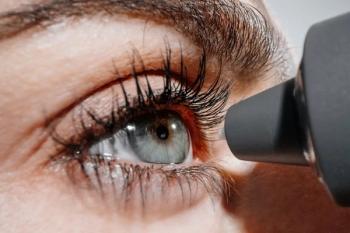
FDA extends UDI compliance date for most contact lenses
The deadline for the U.S. Food and Drug Administration’s (FDA) Unique Device Identification (UDI) rule has been extended for an additional year for some medical device manufacturers.
The deadline for the
The rule is intended to allow regulators to exercise greater oversight over the medical device industry. It aims to reduce medical errors and allow the FDA, healthcare community, and the industry to review and assess adverse event reports more rapidly and correct any complications. Devices that will be marked with a UDI system will feature a device identifier that corresponds with the type of device and its manufacturer, and a production identifier that states its lot, batch, serial number, expiration date, date of manufacture, and any other relevant information.
Class III medical devices, including
According to the FDA, the delay was due to the likelihood of an “extremely large number of data submissions to the Global Unique Device Identification Database (GUDID).”
Newsletter
Want more insights like this? Subscribe to Optometry Times and get clinical pearls and practice tips delivered straight to your inbox.


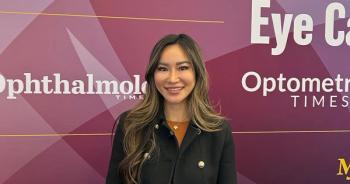
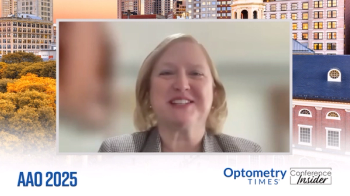
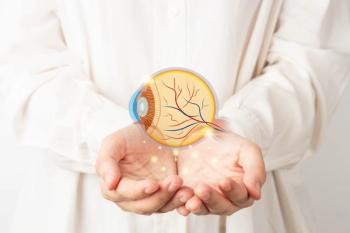
























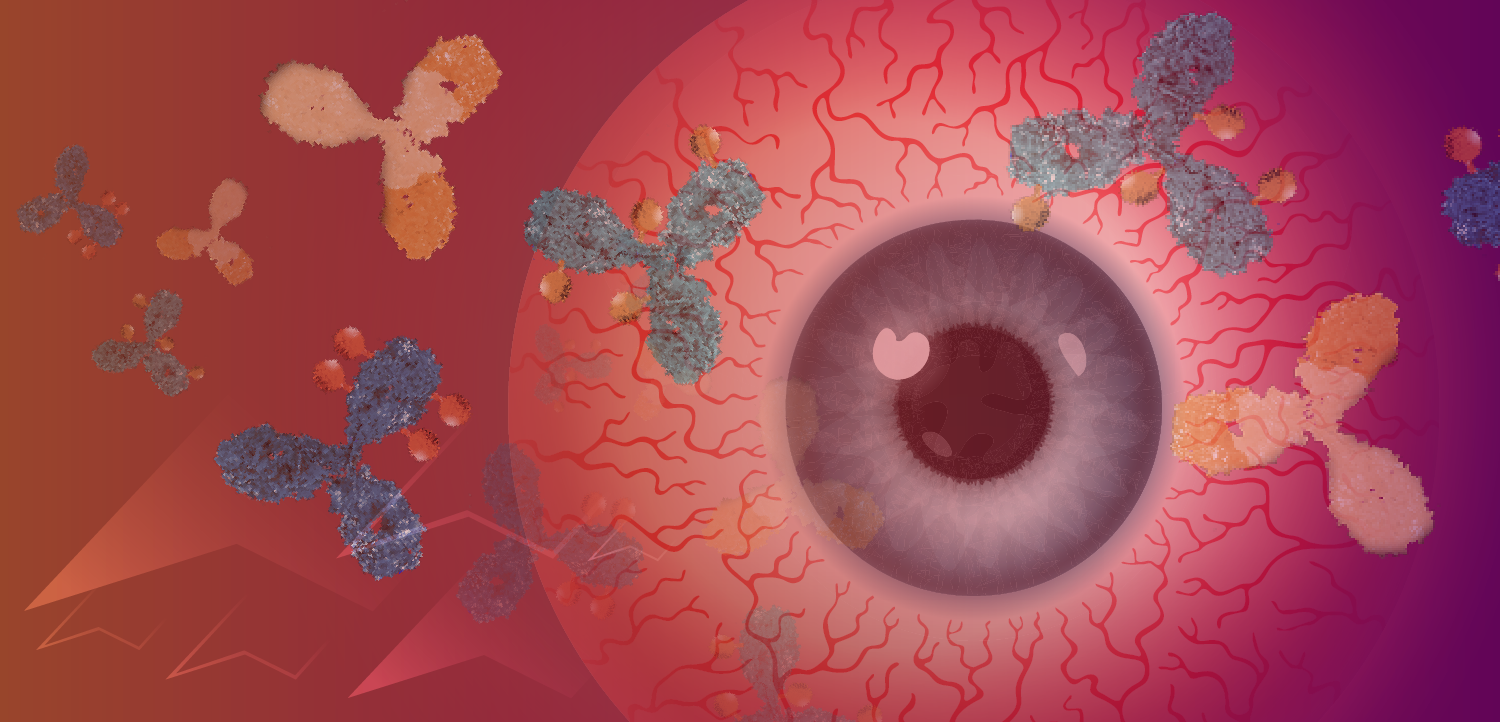




















.png)


